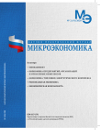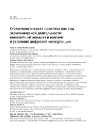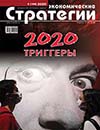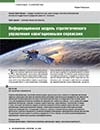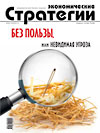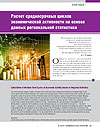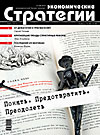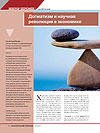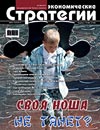Dental practice as a type of economic activity: conceptual apparatus and content in digital competition
DOI: 10.33917/mic-2.91.2020.42-48
The necessity of actualization the concepts in part of stomatological practice in a changing economic paradigm is substantiated. A conceptual apparatus has been developed that reflects the role, place and functionality of dental practice in the economy of our country. The semantic load of the specified categories corresponds to the prevailing economic conjuncture and established norms of economic practice. The use of specified categories in professional activities will allow scientists and practitioners to avoid misunderstandings, to achieve mutual understanding regarding the interpretation of organizational, economic, regulatory, medical, dental, and other aspects of the studied type of activity.Right arrangement of content will contribute to the intensive development of dental practice and the solution of priority tasks in terms of its regulation.


